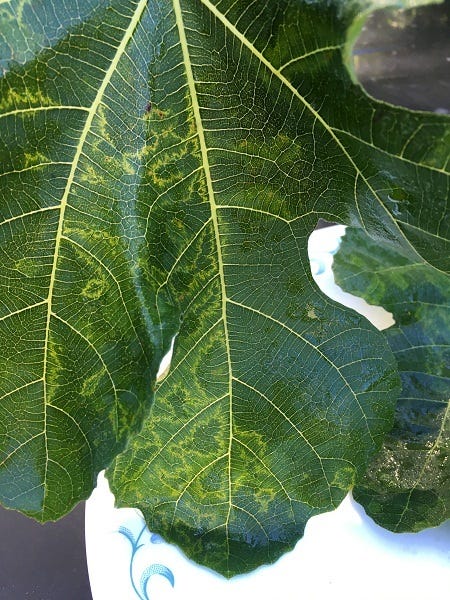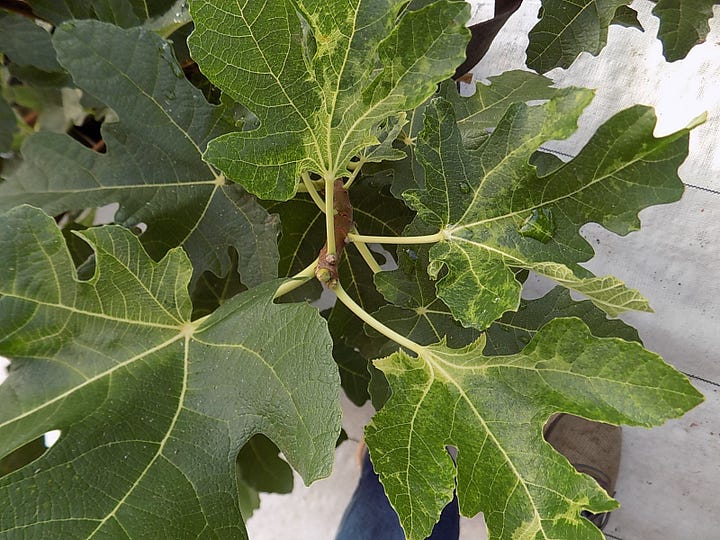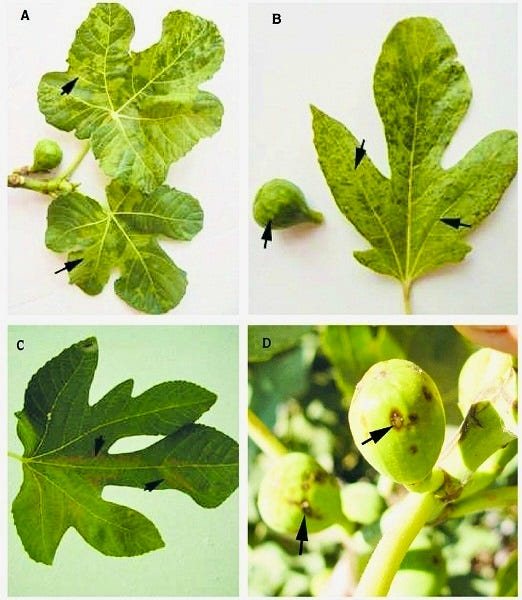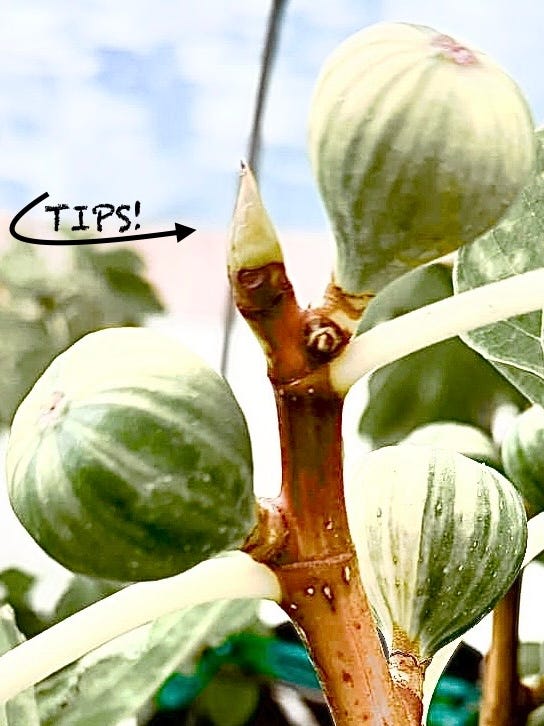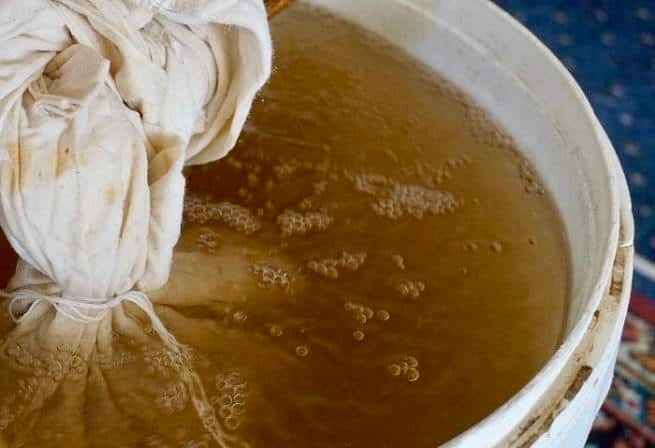Rooting Tips: Fertilizing
When to give fertilizer to your rooting cuttings? What kind of fertilizer? Read on, friend!
🟩 Early fertilization and nutrition is typically recommended to help a rooting cutting become established & hardened faster.
🟩 I am careful about using organic fertilizers indoors because they are meant to increase microbial activity. By the nature of them, they are natural materials meant to feed soil microbes. Nutrients are released into the soil as microbes break them down. This is a great thing for soil health in outdoor circumstances. It may not be the most desirable thing when indoors and trying to keep any pest pressure down or when you have an inert rooting medium not ready to breakdown natural materials.
Sometimes the organic fertilizers can gunk up your rooting medium which then needs to be broken down and processed. Nature does this through decomposition, anaerobic bacteria and molds start building, and this can negatively impact the cutting sitting in that. This can also lead to unpleasant odors building up in the house.
That said, I am a big proponent of organic growing and soil health. I do like to lay a good foundation for my trees to grow as naturally as possible. Using chemical fertilizers can be like giving your trees steroids, the growth isn’t as healthy as it appears, it can create dependency, increases pest pressure as chemical nitrogen can attract pests, and they can kill good microbes in the soil. There are other reasons as well to avoid chemical fertilizers.
I will use organic fertilizers and ferments no question for outdoor rooting plants. I am more choosy for what I will use indoors. Generally, I have found that worm casting tea, seaweed extract, and aloe can be used fairly well as long as they are properly diluted. EM 1, LABS, and certain other gentle ferments can be used from time to time as needed, but I don’t like to use them with frequency indoors. Any tea or ferments should be well strained with something like muslin to ensure no insect eggs are present. I do not use any compost or manures indoors ever, not even for tea.
🟩 A quick infusion can be made with worm castings by taking a small handful and putting it in muslin, a fine cheesecloth, or a nut milk bag and dunking it in your water a few times until it becomes cloudy. Use this infused water for watering. The same bundle can be used a few times in a row to infuse subsequent containers of water. Don’t let it sit in the water. This is just a few quick dunks and perhaps a little gentle kneading like a tea bag.
This can also be done with leaf mold soil if you are into JADAM and have some quality soil handy.
🟩 Indoor rooting is the only time I consider using chemical fertilizer. AscPete on the old Ourfigs forum recommends a dilute nutrient / fertilizer solution of 1/2 tsp Miracle-Gro All Purpose to 1 gallon of water with 1/4 tsp Epsom Salt, to start. Gradually increase the MG as the plant grows up to no more than 2 tsp / gallon of water. I’m including this as an option for those who do not wish to use organic matter at this time.
Any water soluble fertilizer with complete macro and micro nutrients can be used as well. Just be sure to follow the houseplant dosage, starting at 1/4 to 1/2 the dose.
🟩 Foliar feeding can also be done, but it can bring on rust when used indoors if applied too frequently.
🟩 It is not uncommon to see signs resembling FMV (Fig Mosaic Virus) infection in a newly rooted cutting and is not something to fear. Why am I writing about a “disease” in the fertilizing section? That is because FMV is most often a nutritional issue, sometimes varietal if it is a “weak” variety.
This is because the newly rooted cutting has not regulated its ability to handle nutrients yet which can cause mottling and misshapen leaves. It also has limited stores of nutrition based on what was left in the mother tree at the time the cutting was taken, which can be low if dormant, and the rooting medium itself is not nutrient rich. Regular feeding can help alleviate any symptoms similar to FMV infection as the plant grows out of it as it becomes more regulated & stronger.
